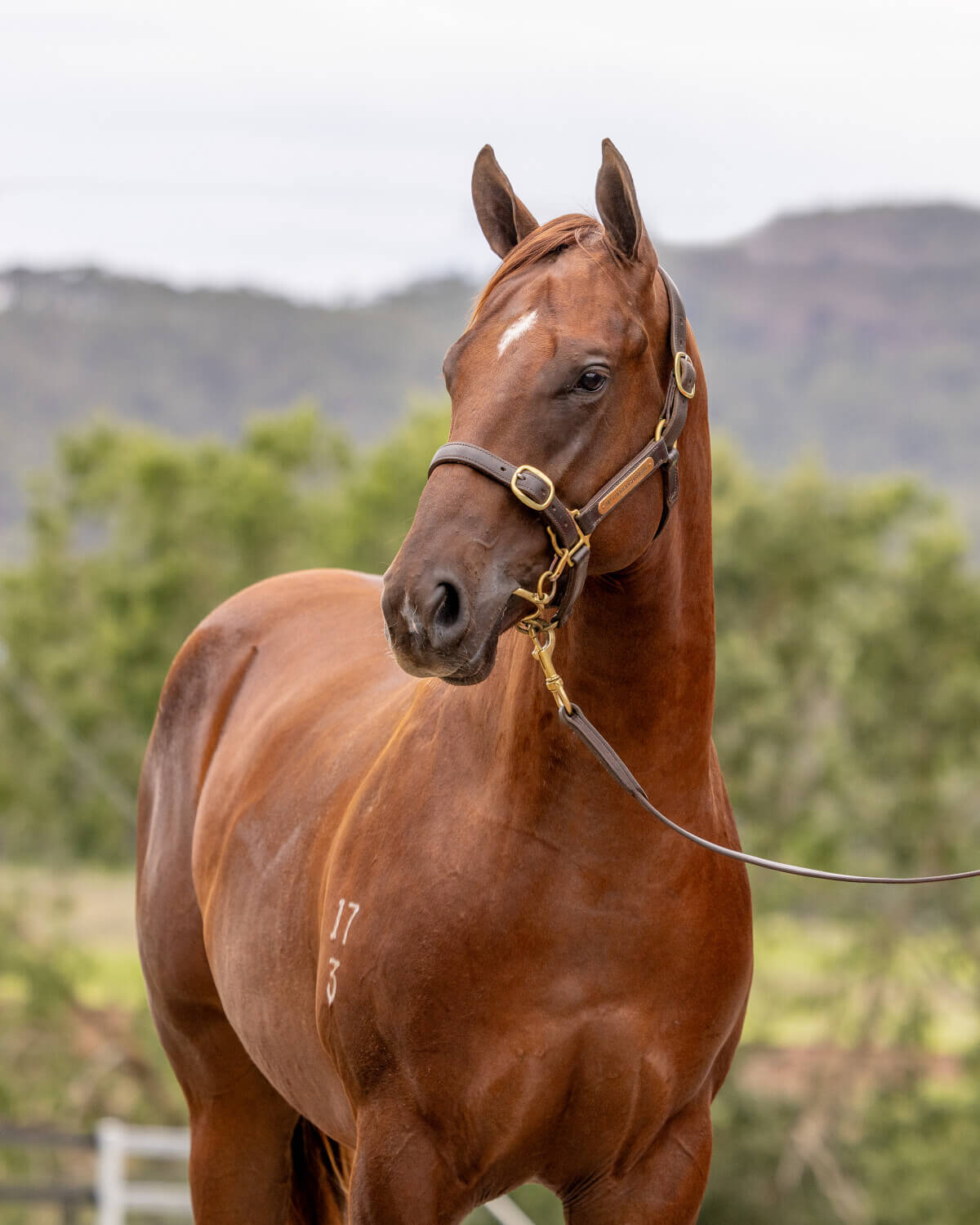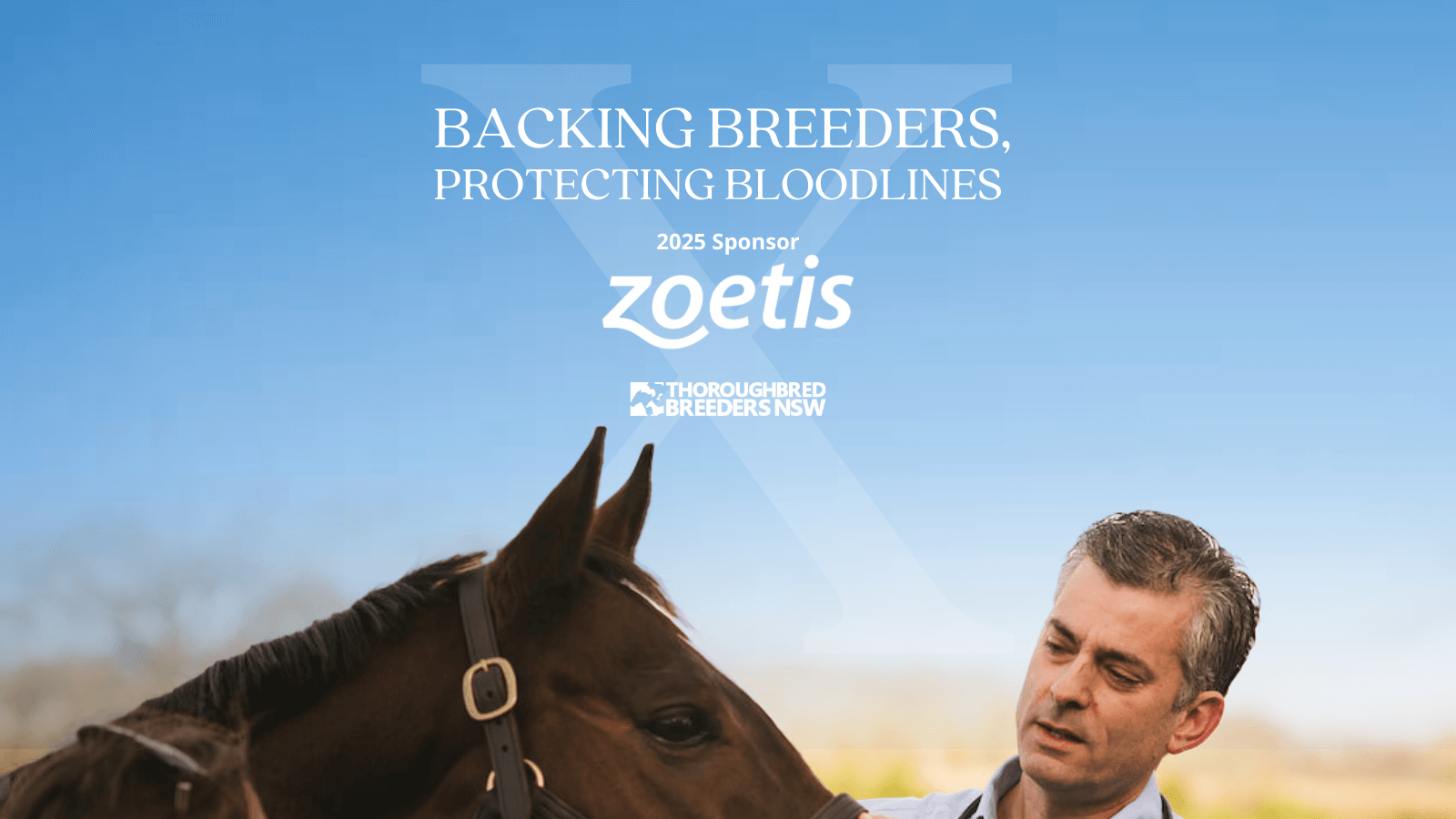You wouldn’t think thoroughbred horses would have any issues with fertility but looks can be deceiving. Thanks to the ground breaking work of University of Newcastle postdoctoral researcher Dr Zamira Gibb, a team of researchers and funding from AgriFutures™ Thoroughbred Horses Program, that trend is being reversed with a small device that can predict stallion sperm quality at the time of breeding.
Dr Gibb works with the thoroughbred horse industry including the Hunter Valley Equine Research Centre and equine reproductive specialists, using natural methods to improve fertility and improve reproductive outcomes, with a focus on stallions.
“Thoroughbred horses are selected for breeding on the basis of pedigree and athletic performance as opposed to reproductive traits and therefore, like humans, are not subjected to selection pressure for fertility,” said Dr Gibb.
“This has resulted in equine and human populations with significantly lower per cycle conception rates than other species.”
Dr Gibb and her team at the University of Newcastle have been trialling a device which allows a test to be performed on-farm which is a greater predictor of the success of a cover than conventional methods.
This is how it works. At the time of cover, the stallion handler captures a drop of semen which is known in scientific terms as the “post coital urethral sample”, or on-farm as a ‘dismount sample’, in a warm cup. Dr Gibb and her team have developed a device into which this droplet is placed to assess the sperm’s characteristics to show the likelihood of pregnancy.
“Previously, the shape or motility of the sperm cells were used as a predictor of fertility, but we have shown that the defining important factor is sperm metabolic activity in a dismount semen sample which helps identify breedings, or covers, which are unlikely to produce a pregnancy,” said Dr Gibb
“This is really important because it allows managers to schedule the mare to be rebred on the same cycle to increase the chance of a positive pregnancy outcome. By increasing per cycle conception rates, mares will conceive earlier in the breeding season, resulting in earlier foals which will attract higher prices at yearling sales and be more competitive in age-related races.”
Dr Gibb’s work has also been influenced by Laureate Professor John Aitken, the Director of the University of Newcastle’s Priority Research Centre for Reproductive Science, who asked her to head up a new team in horse fertility while she was in her last year of her PhD.
“Professor Aitken is one of the world’s leaders in human sperm research and although not translating directly due to differences in metabolic processes betweenhorse and human sperm, working alongside a world leader in human fertility has been a great advantage for the horse fertility team,” said Dr Gibb.
“We are gaining invaluable insights into the basic biology of stallion sperm metabolism and this information is key in guiding our research and delivering key findings for the industry both here and internationally.”
Research shows external factors such as environmental fluctuations and changes to management practices also play a part in falling fertility rates.
Dr Gibb said the research team has also looked holistically at improving horse health by considering external changes such as reducing temperature levels for both stallions and mares.
“Like us, horses get stressed with extended periods of intense heat so something as simple as installing misters at the hottest part of the day, can improve fertility,” said Dr Gibb.
AgriFutures Australia Program Manager Research, Annelies McGaw said one of the overall aims of the Thoroughbred Horses Program is to assist the thoroughbred horse industry by developing collaborative strategies to improve breeding outcomes in a safe and sustainable way.
“We hope the device will become an invaluable tool for use in research and will be as well used as a microscope or flow cytometer, a device which measures the characteristics of cells,” said Ms McGaw.
The next step is the development of a device which can be used by general farm staff.
“We are now ready to construct prototype devices and disseminate them to partner farms for testing,” said Dr Gibb.
To read more about AgriFutures™ Thoroughbred Horses Program visit agrifutures.com.au/thoroughbred-horses



